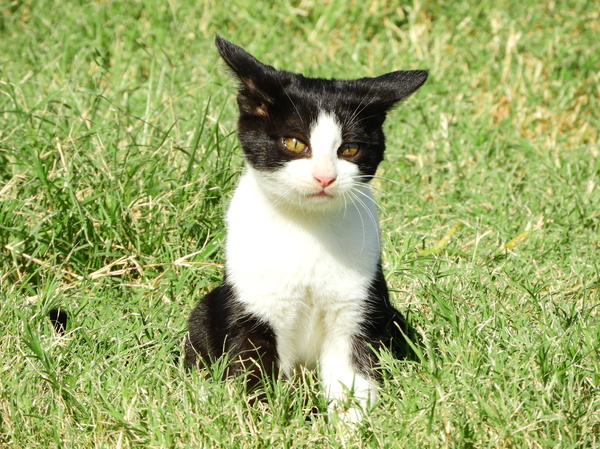
Cat litter and litter boxes play a pivotal function in the lives of both felines and their owners. From the modest beginnings of sand and soil to the innovative advancements of today, the world of cat litter has developed considerably. In this detailed guide, we dive into every element of cat litter and litter boxes, exploring their history, types, advantages, difficulties, and whatever in between.
The history of cat litter go back centuries, with ancient civilizations using sand, soil, and even ashes as primitive litter materials. However, it wasn't until the mid-20th century that modern cat litter as we know it emerged. In 1947, Edward copyright introduced the world's first business cat litter made from absorbent clay, revolutionizing the way felines relieved themselves inside. Ever since, cat litter has actually gone through various changes, with the introduction of clumping litter, silica gel litter, biodegradable options, and more.
Today, feline owners are ruined for choice when it comes to selecting the ideal litter for their feline buddies. Conventional clay litter remains popular for its affordability and efficiency in soaking up odors. Clumping litter, which forms solid clumps when wet, streamlines cleansing and maintenance. Silica gel litter, composed of extremely absorbent silica crystals, uses exceptional odor control and durability. Eco-friendly choices, such as recycled paper, wood pellets, corn, and wheat, appeal to ecologically mindful consumers.
Each type of cat litter uses distinct advantages. Clay litter stands out in its ability to absorb wetness and control odors, making it a reputable choice for lots of feline owners. Clumping litter simplifies day-to-day scooping and extends the time between complete litter modifications. Silica gel litter provides extraordinary smell control and can last longer between replacements. Eco-friendly litters provide a sustainable alternative that lessens environmental effect.
While cat litter improves indoor feline hygiene, it is not without its difficulties. Dust from clay Litter Box Mats litter can position breathing dangers for both cats and people, prompting the appeal of dust-free alternatives. Some felines may develop litter box hostility due to issues with texture, aroma, or cleanliness, demanding experimentation with different litters and box setups. Multi-cat households might require tactical litter box placement and regular maintenance to prevent territorial disagreements and cat litter robot guarantee all felines have access to clean centers.
Selecting the suitable litter box is essential for promoting favorable litter box habits and general feline wellness. Factors to think about include size, ease of access, and style preferences. Covered litter boxes offer personal privacy and assistance consist of odors, but some felines may find them restricting or intimidating. Open-top litter boxes provide simple access and exposure however may result in more litter scatter. Automatic self-cleaning litter boxes simplify maintenance but need regular monitoring and maintenance.
Correct litter box maintenance is important for making sure a clean and inviting environment for both felines and their owners. Daily scooping gets rid of waste quickly, decreasing smell and discouraging litter box aversion. Routine litter replacement, typically every 1-2 weeks, prevents bacterial buildup and keeps optimal absorbency. Comprehensive cleansing with mild detergent and water, preventing extreme chemicals that may prevent cats from using the box, must be carried out monthly.
Cat litter and litter boxes play a main role in fostering a healthy and harmonious relationship in between felines and their human buddies. With a varied array of litter options and litter box designs offered, self cleaning cat litter box feline owners have the versatility to customize their options to match their felines' preferences and household needs. By understanding the development, types, advantages, and obstacles of cat litter and litter boxes, pet owners can offer their feline good friends with a comfy and sanitary indoor environment.